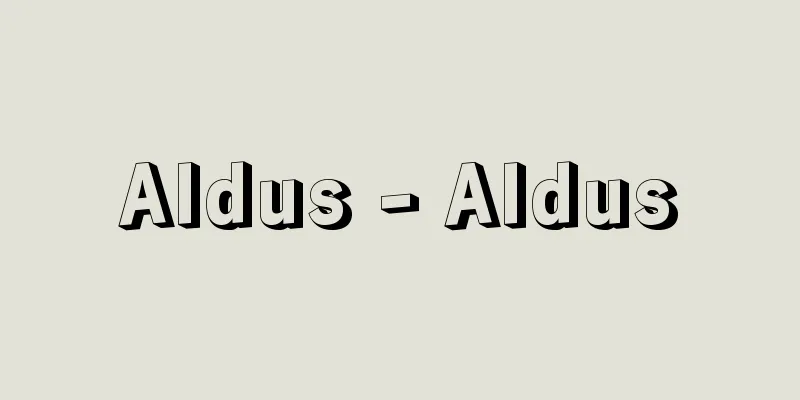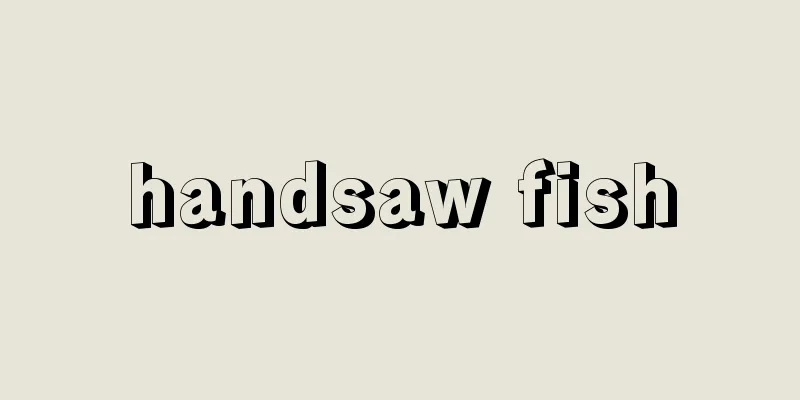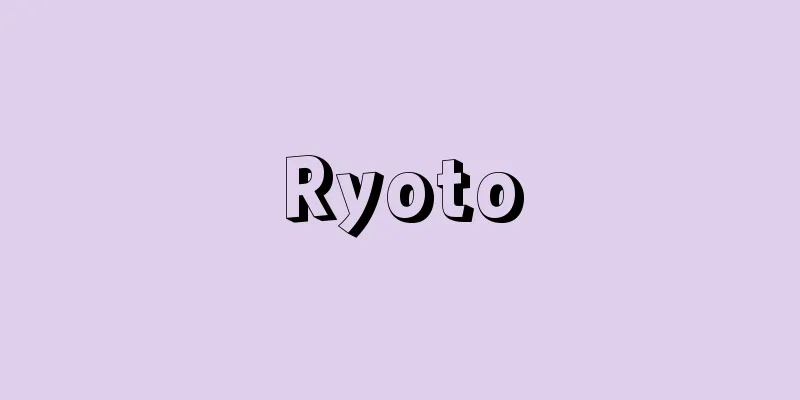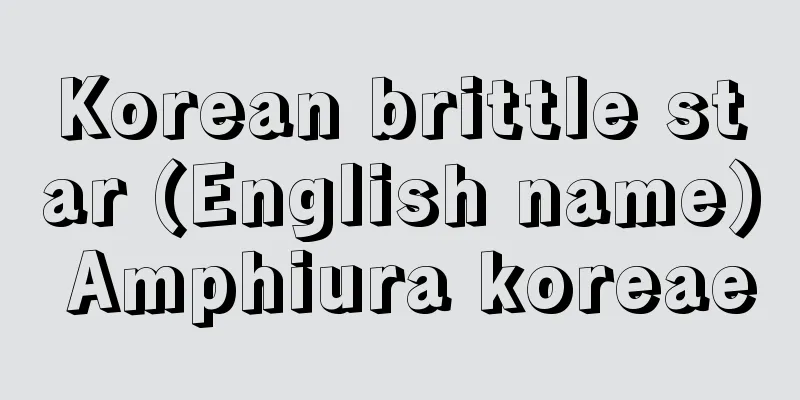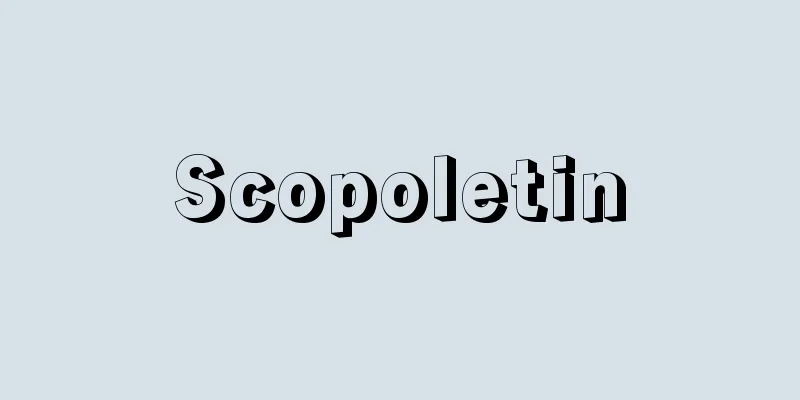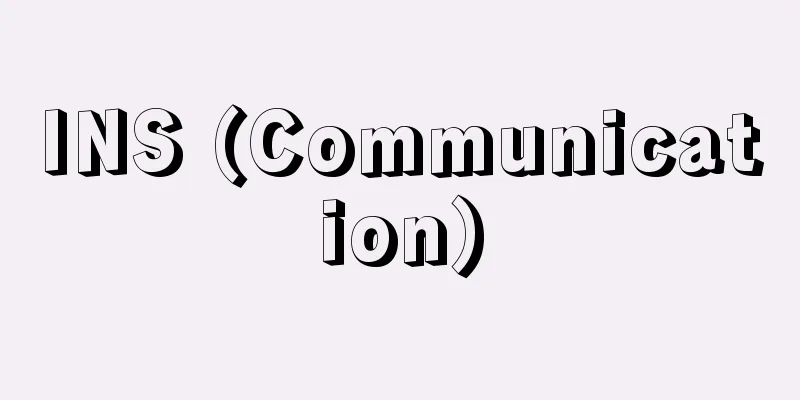Mimicry - Gitai
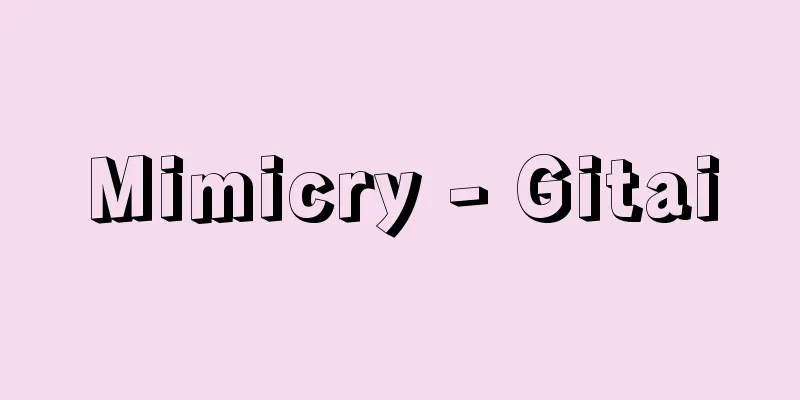
|
A phenomenon in which an organism has a shape, color, or behavior that is identical to that of another organism or inanimate object, thereby deceiving a third party. What is generally called mimicry includes two types that have completely opposite effects: concealing mimicry (mimicry), which makes the organism less noticeable to those being deceived, and signaling mimicry, which advertises the organism. Some argue that only the latter should be called mimicry. Cryptic mimicry can be classified as a category of camouflage, where an animal essentially blends into its background, such as an inchworm that looks just like a twig, or a seahorse that has projections and colors that make it look like seaweed. The deceived are often predators of the mimic, but sometimes the mimic is prey. A typical example of signaling mimicry is Batesian mimicry, which deceives predators by imitating a poisonous or harmful creature with bright colors (a warning color to predators). This is seen not only between insects such as horseflies and moths that look just like bees, but also between various animals and plants. When two similar creatures are both butterflies that taste bad, this is called Mullerian mimicry. However, in this case, it is difficult to know which is the model, and both would have escaped predation in the first place, so it does not fit the definition of mimicry as deceiving a third party (predators). In addition to escaping predation, mimicry can also have positive functions, such as obtaining food. Examples of aggressive mimicry include praying mantises that lie in wait for insects by mimicking flowers, and anglerfish that lure other fish by dangling fake food. Other examples include cuckoos that lay eggs that look just like their own in the nests of other birds, and orchids that bloom flowers that resemble female wasps to attract male wasps and ensure pollination. The model, the mimic, and the deceived are not necessarily of different species; in the examples of the cuckoo and the orchid mentioned above, the model and the deceived are of the same species. The male anal fin of the cichlid fish, in which the females brood the eggs in their mouths, has a pattern that looks just like the eggs, and after spawning, the female tries to take the fake eggs in her mouth after putting the real eggs in her mouth. The male then releases sperm, ensuring fertilization, and the deceived female also benefits. In this case, the three are of the same species, and it is called intraspecific mimicry. In addition, fish and butterflies that have patterns on other parts of their body that look just like their own eyes, to deflect attacks from predators, are called automimicry. There is also a theory that human female breasts are self-mimicry of the buttocks, which men are sexually interested in. [Tetsuo Kuwamura] "Mimicry: Nature Lies, by Wickler, translated by Haneda Setsuko (1970, Heibonsha)" ▽ "Defensive Strategies of Animals, by Edmunds, translated by Obara Yoshiaki and Kato Yoshiomi, 2 volumes (1980, Baifukan)" ▽ "Body Colors of Animals, by Hidaka Toshitaka (1983, University of Tokyo Press)" ▽ "Mimicry: The Evolution of Deception, edited by Ueda Keisuke, 2 volumes (1999, Tsukiji Shokan)" [References] | | | | | | |Source: Shogakukan Encyclopedia Nipponica About Encyclopedia Nipponica Information | Legend |
|
生物が、ほかの生物や無生物などとそっくりの形や色彩、行動をもち、第三者をだます現象。一般に擬態とよばれているものには、まったく逆の効果をもつ二つのタイプが含まれている。だまされる者に対して自らを目だたなくする隠蔽(いんぺい)的擬態(模倣)と、逆に自らを広告する標識的擬態とである。後者のみを擬態とよぶべきだとする立場もある。 隠蔽的擬態は、小枝とそっくりのシャクトリムシや、海藻と紛らわしい突起物と色彩をもったタツノオトシゴなど、基本的には背景に自らを溶け込ませる隠蔽色(保護色)の範疇(はんちゅう)に含めることができる。だまされる者は多くの場合擬態者にとっての捕食者であるが、逆に餌(え)動物の場合もある。 標識的擬態の代表例としては、有毒・有害ではでな色彩(捕食者に対する警告色)をもった生物にまねて捕食者をだますベイツ型擬態がある。ハチとそっくりのアブやガなど昆虫相互間はもとより、さまざまな動植物間でみられる。似ている者どうしがともに味の悪いチョウの場合などはミューラー型擬態とよぶ。ただしこの場合、どちらがモデルであるかを知ることはむずかしく、またいずれもがもともと捕食を免れているはずで、第三者(捕食者)をだますという擬態の定義からは外れている。 捕食を逃れること以外に、餌(えさ)を得るためなどの積極的機能をもった擬態もある。花とそっくりの姿で虫を待ち伏せるカマキリや、にせの餌をちらつかせてほかの魚をおびき寄せるアンコウなどは攻撃擬態(ペッカム型擬態)とよばれる。ほかの鳥の巣にその卵とそっくりの卵を托卵(たくらん)するカッコウや、雌バチに似た花を咲かせて雄バチを誘い受粉を確実にするランの仲間なども、これに含めることができる。 モデル、擬態者、だまされる者の三者はかならずしも別々の種であるとは限らず、前述のカッコウやランの例では、モデルとだまされる者は同じ種である。雌が口内保育を行うカワスズメ科魚類の雄の臀(しり)びれには卵とそっくりの模様があり、産卵した雌は本物の卵を口にくわえたのち、このにせの卵もくわえようとする。このとき雄は精子を出し受精が確実になり、だまされた雌も得をする。この場合には三者とも同じ種であり、種内擬態とよぶ。また、自分の体の一部、たとえば目とそっくりの模様を体のほかの部分にもっていて、捕食者の攻撃をそらす魚やチョウの場合は自己擬態とよばれる。人間の女性の乳房も、男が性的に関心をもつお尻に自己擬態したものだという説もある。 [桑村哲生] 『ヴィックラー著、羽田節子訳『擬態――自然も嘘をつく』(1970・平凡社)』▽『エドムンズ著、小原嘉明・加藤義臣訳『動物の防衛戦略』全2冊(1980・培風館)』▽『日高敏隆著『動物の体色』(1983・東京大学出版会)』▽『上田恵介編著『擬態――だましあいの進化論』全2冊(1999・築地書館)』 [参照項目] | | | | | | | | |出典 小学館 日本大百科全書(ニッポニカ)日本大百科全書(ニッポニカ)について 情報 | 凡例 |
Recommend
Faehlmann, FR (English spelling)
…After the Treaty of Nystad made Estonia a Russia...
Transportation Museum
This museum aims to promote the dissemination and ...
Allowance - Allowance
…For this reason, the Han court placed great impo...
Antishock suit
…Recently, in Japan, a life-saving device that ap...
Danish Air Lines (English)
…SAS is an abbreviated name. It is a consortium e...
Yamashiro [town] - Yamashiro
An old town in Miyoshi County, on the western edge...
Bismuthinite (Bismuthinite)
Its chemical composition is Bi 2 S 3 and it belong...
mediolittoral zone
…Depending on the tidal action, seven tidal level...
Yam (English name)
A general term for edible species of the genus Di...
Odate Basin
A sunken basin located in northern Akita Prefectu...
"Where there is pain, there is pleasure" - Where there is pain, there is pleasure
…He was later reinstated, but was imprisoned by t...
Rubble movie - rubble movie
...Following Italy's Neorealism just after Wo...
Chelyabinsk (English spelling) Челябинск/Chelyabinsk
A large industrial city in the Urals, central Rus...
Core school - Kikan Gakko
...That is, the system is a four-year common basi...
Sashima [town] - Sashima
A former town in Sarushima District, southwest of ...
